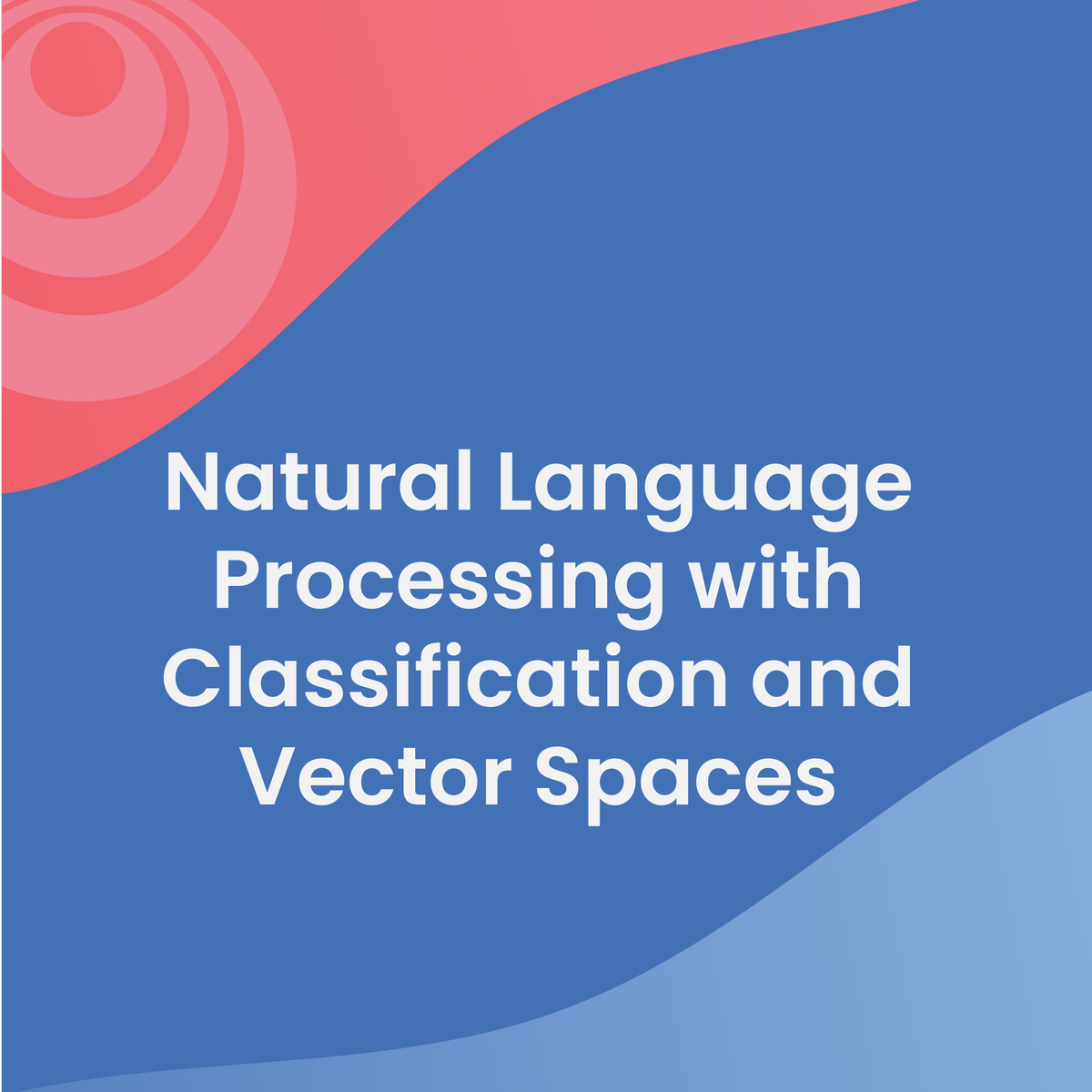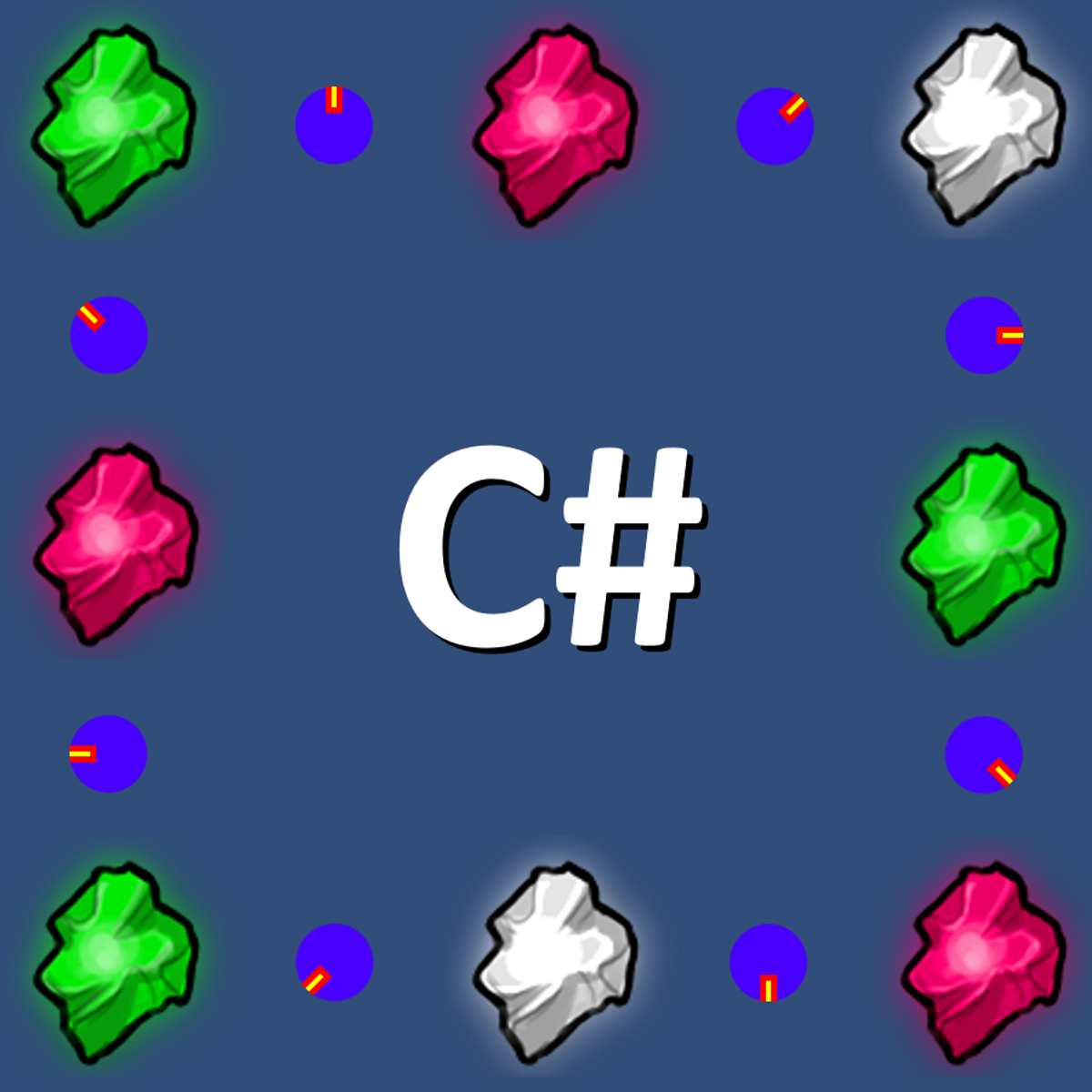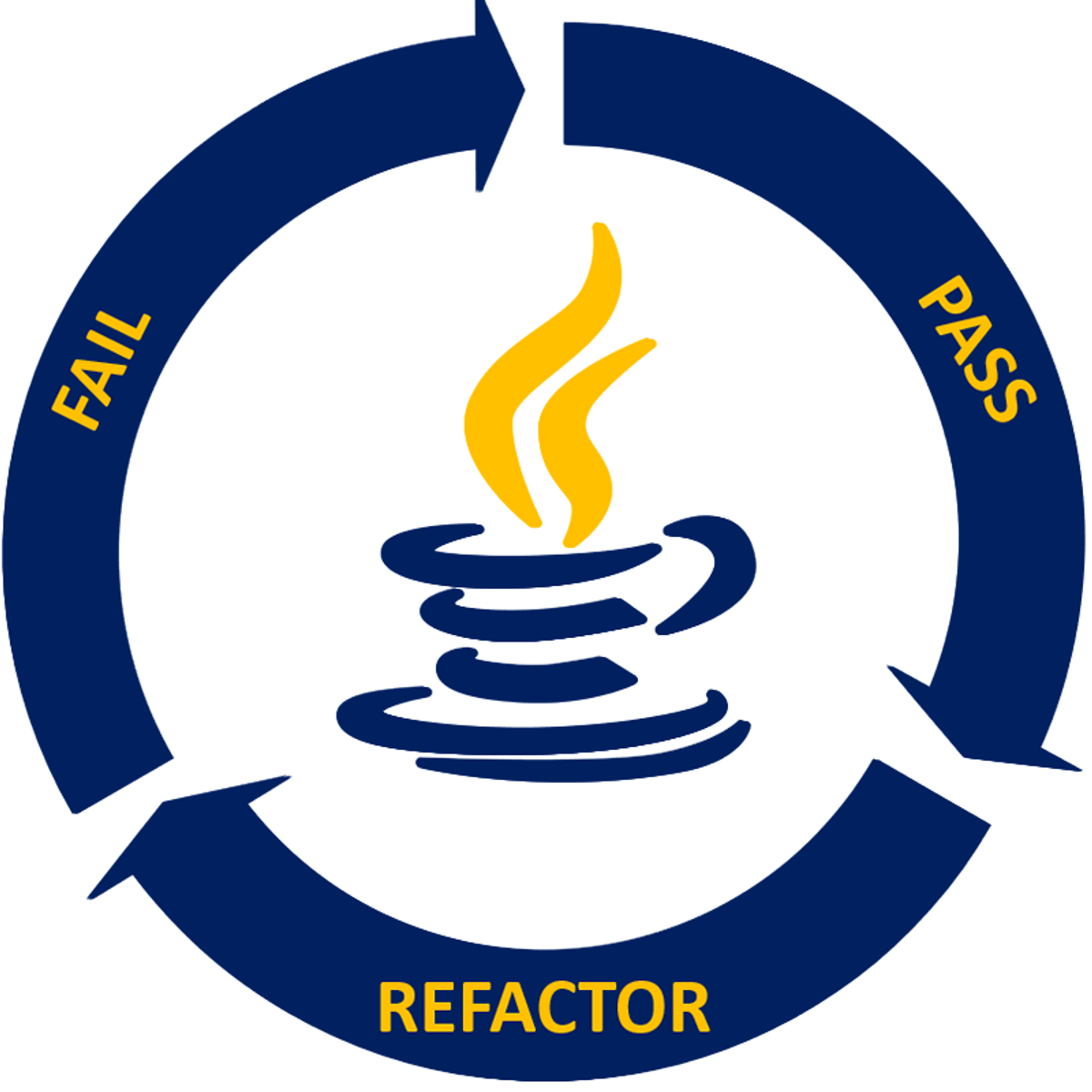Back to Courses









Computer Science Courses - Page 76
Showing results 751-760 of 2309

Create social media content with Prezi
This project will allow you to discover Prezi, an online platform for designing presentations and marketing content of all kinds. You will discover the features of Prezi and will be able to create content for your social networks quickly and easily.
This project is for people who would like to learn how to use Prezi to create social media digital marketing content to boost sales and brand awareness.

IoT (Internet of Things) Wireless & Cloud Computing Emerging Technologies
IoT (Internet of Things) devices are already abundant, but new products that include IoT modules are now a common trend. Also, almost everything is already connected to a Cloud, and much more will be in the future. Naturally, as this trend continues, in the near future almost all devices and appliances will include IoT modules which will use sensor data collection and control/management based on Clouds. Since we will live in an IoT world supported by Clouds, knowledge of the core technologies and platforms of IoT and Clouds will enable you with the tools to become a true leader in the future product and business world. In this course, the start-of-the-art IoT and wireless networks and Cloud technologies are introduced (for details on 1G to 5G mobile communications and smartphone and smart device technology, please take my course “Smart Device & Mobile Emerging Technologies”). This course ends with projects that teach how to analyze Bluetooth and W-Fi wireless networks and setup and use an EC2 (Elastic Compute Cloud) Virtual Computer in AWS (Amazon Web Service), which is the most powerful and popular Cloud technology in the world. Comparing to the human body, IoT is the neural network and the Cloud is the brain. Thus, I cordially welcome you into the brain and neural network of the future intelligence world!

Using Custom Fields in Looker Explores
This is a Google Cloud Self-Paced Lab. In this lab, you will learn how to utilize custom fields in Looker Explores queries.
Looker provides the ability for non-developer users to create and utilize ad hoc fields for richer data analysis. This is done by creating custom measures, custom dimensions, table calculations and using custom groupings to narrow down data to match specific conditions.
Using ad hoc fields gives non-developers the ability to create new fields, as opposed to regular fields, which require that you have development permissions and understand LookML allowing them to have more flexibility in finding data they are looking for independently.

Introduction to Programming and Animation with Alice
This course is an introductory programming course that combines programming
with animation, using the programming environment Alice. You will first
learn to tell 3D animated stories by programming Aliceʼs 3D objects. In
particular you will learn how to set up a scene, to tell a story using
storyboarding, to move the camera, and how to move and rotate objects. You
will learn programming concepts such as writing your own instructions,
repetition, making decisions, and grouping similar objects together. In
the second half of the course you will learn how to combine the topics you
have learned with event programming to build 3D games you and your friends
can play.

Natural Language Processing with Classification and Vector Spaces
In Course 1 of the Natural Language Processing Specialization, you will:
a) Perform sentiment analysis of tweets using logistic regression and then naïve Bayes,
b) Use vector space models to discover relationships between words and use PCA to reduce the dimensionality of the vector space and visualize those relationships, and
c) Write a simple English to French translation algorithm using pre-computed word embeddings and locality-sensitive hashing to relate words via approximate k-nearest neighbor search.
By the end of this Specialization, you will have designed NLP applications that perform question-answering and sentiment analysis, created tools to translate languages and summarize text, and even built a chatbot!
This Specialization is designed and taught by two experts in NLP, machine learning, and deep learning. Younes Bensouda Mourri is an Instructor of AI at Stanford University who also helped build the Deep Learning Specialization. Łukasz Kaiser is a Staff Research Scientist at Google Brain and the co-author of Tensorflow, the Tensor2Tensor and Trax libraries, and the Transformer paper.

More C# Programming and Unity
This course is the second course in the specialization about learning how to develop video games using the C# programming language and the Unity game engine on Windows or Mac. Why use C# and Unity instead of some other language and game engine? Well, C# is a really good language for learning how to program and then programming professionally. Also, the Unity game engine is very popular with indie game developers; Unity games were downloaded 16,000,000,000 times in 2016! Finally, C# is one of the programming languages you can use in the Unity environment.
This course assumes you have the prerequisite knowledge from the previous course in the specialization. You should make sure you have that knowledge, either by taking that previous course or from personal experience, before tackling this course. Throughout this course you'll continue building your foundational C# and Unity knowledge by exploring more C# and Unity topics and finishing the Unity game you started at the end of the previous course.
The material in this and the previous course is essentially our first programming course for Game Design and Development majors at UCCS.
Module 1: Learn how we make decisions in our code
Module 2: Learn how to get and use player input in your Unity games
Module 3: Learn how to use iteration (looping) to repeat actions in your code
Module 4: Learn how we can store lots of data in arrays and lists
“Unity” is a trademark or registered trademark of Unity Technologies or its affiliates in the U.S. and elsewhere.
This course is an independent work and is not sponsored by, authorized by, or affiliated with Unity Technologies or its affiliates

Create Personas to Represent Targeted Users in Miro
By the end of this project, you will be able to create an accurate customer persona that will help you leverage customer-rich data to create products with high user acceptance. To do this, you will work on a project that will help you understand the benefits and use cases of customer personas while you gain hands-on experience building a persona in the Miro online visual collaboration platform for teamwork.
Note: This course works best for learners who are based in the North America region. We’re currently working on providing the same experience in other regions.

Rate Limiting with Cloud Armor
This is a self-paced lab that takes place in the Google Cloud console. Google Cloud HTTP(S) load balancing is implemented at the edge of Google's network in Google's points of presence (POP) around the world. User traffic directed to an HTTP(S) load balancer enters the POP closest to the user and is then load balanced over Google's global network to the closest backend that has sufficient capacity available.
Cloud Armor IP allowlist/denylist enable you to restrict or allow access to your HTTP(S) load balancer at the edge of the Google Cloud, as close as possible to the user and to malicious traffic. This prevents malicious users or traffic from consuming resources or entering your virtual private cloud (VPC) networks.
In this lab, you configure an HTTP Load Balancer with global backends, as shown in the diagram below. Then, you'll stress test the Load Balancer and add a Cloud Armor rate limiting policy to restrict based on IP.

Parameterized and Dynamic Testing in JUnit
In this course you will learn about how to test vast amounts of functionality using Parameterized Tests, Repeated Tests and Dynamic Tests without having to write verbose test scripts.

Teaching Impacts of Technology: Fundamentals
In this course you’ll focus on the fundamentals of teaching the impacts of technology, starting by exploring how you interact with and benefit from technology in a typical 24 hour period, such as the desire for instant food and entertainment. This will be done through a series of paired teaching sections, exploring a specific “Impact of Computing” in your typical day and the “Technologies and Computing Concepts” that enable that impact, all at a K12-appropriate level.
This course is part of a larger Specialization through which you’ll learn impacts of computing concepts you need to know, organized into 5 distinct digital "worlds”, as well as learn pedagogical techniques and evaluate lesson plans and resources to utilize in your classroom. By the end, you’ll be prepared to teach pre-college learners to be both savvy and effective participants in their digital world.
In this particular digital world (daily life), you’ll explore the following Impacts & Technology pairs --
Impacts (Food Delivery): Apps that bring you food, drivers, and find and recommend businesses
Technologies and Computing Concepts: Geolocation, Push Notifications, Near Field Communications, HMTL5, GPS, Graph representations, Minimal Spanning Trees, Shortest Path Algorithms
Impacts (Entertainment): Streaming for entertainment and education, Environmental impact of Internet, YouTube culture
Technologies and Computing Concepts: Data Centers, Downloading vs Streaming, Digital vs. Analog image representation, basic compression algorithms, Internet metrics (latency, bandwidth)
In the pedagogy section for this course, in which best practices for teaching computing concepts are explored, you’ll learn to employ constructivist activities useful in teaching impacts of computing and to evaluate and contribute to an unplugged lesson plan.
In terms of CSTA K-12 computer science standards, we’ll primarily cover learning objectives within the “impacts of computing” concept, while also including some within the “networks and the Internet” concepts and the “data and analysis” concept. Practices we cover include “fostering and inclusive computing culture”, “recognizing and defining computational problems”, and “communicating about computing”.
